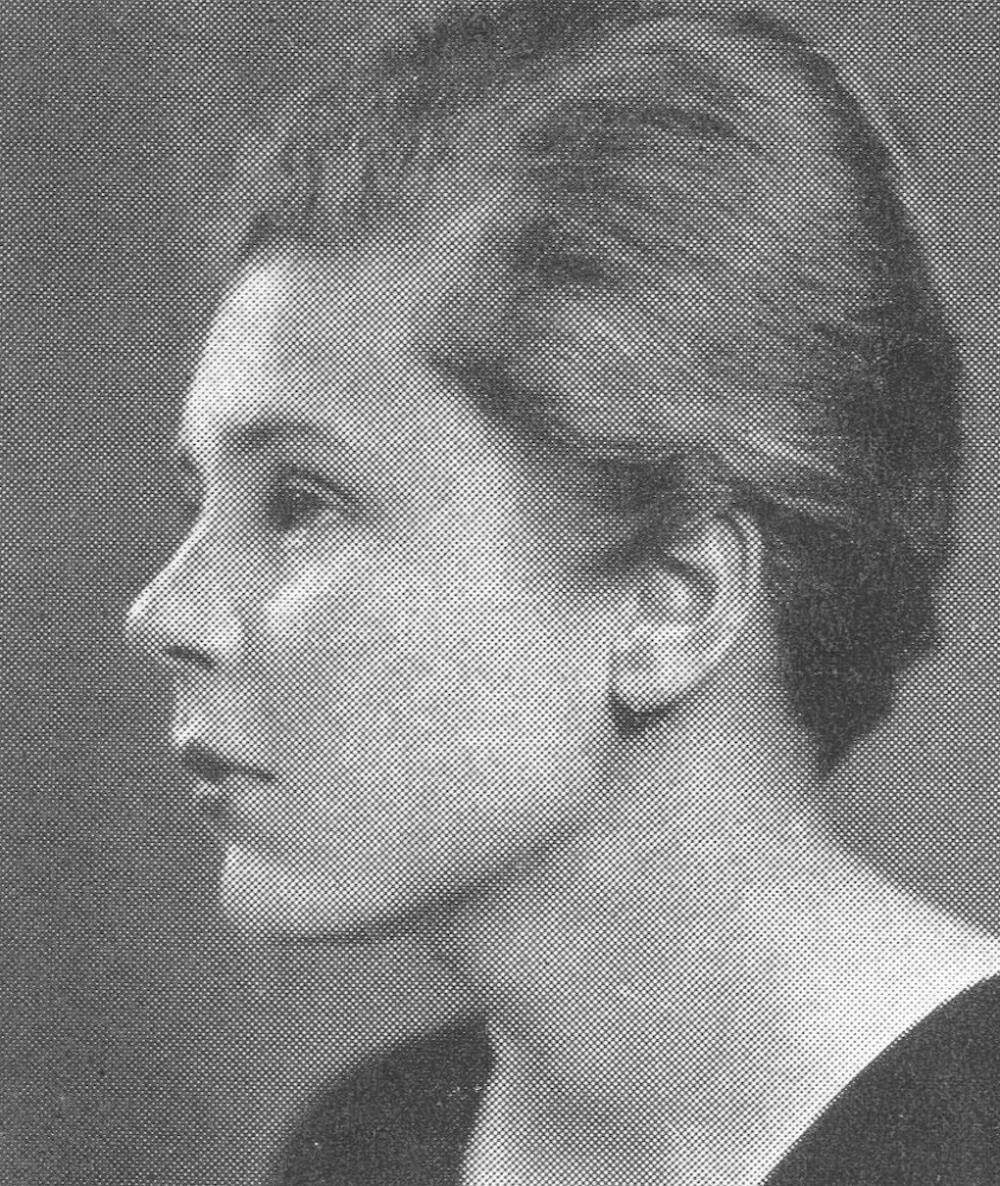
Just like “Sestina,” another poem by Bishop which I’ve previously written about, “One Art” also follows a poetic form: the villanelle.
The first few stanzas of this poem are three lines each and read almost like instructions that the speaker is imparting to readers. This instructional nature of the poem brings up an interesting irony between the powerlessness one feels when accepting defeat and the control that Bishop implies one can have in “mastering” the art of losing.
Throughout the entire poem, the repetition of “the art of losing isn’t hard to master” continues to weave in this irony, further raising doubt in the readers’ minds about Bishop’s assertion. Bishop unites her stanzas with another progression as well.
She starts out by describing losing seemingly minor objects like keys — “every day” objects. Then she moves on to losing “places, and names, and where it was you meant to travel” and then to “two cities, lovely ones” and “a continent.” As she widens the scope and stakes of her poem, she urges the readers to treat this as “practice.”
But through everything she has touched upon, from losing trivial household items to losing dreams, identities and places she used to be able to call home, it becomes clear that the author herself does not believe that the art of losing can be mastered.
The last stanza of the poem begins with a dash, indicating a shift in tone and topic. We find ourselves zooming back into the speaker’s life, going abruptly from the vastness of realms and continents to the intimacy of the speaker’s relationship with a loved one, in an almost stream-of-consciousness realization that the greatest loss is that of a person.
The last stanza clearly deviates from its previous structure, with an extra fourth line. Whether the poet’s intention here is to deviate from the prevailing metrical pattern or simply to adhere to the poem’s villanelle form, which specifies that the ending should be a quatrain, this deviation emphasizes the speaker’s increasing self-denial and suppressed emotion, as if they simply can’t confine their words within three lines.
Finally, the speaker reveals their most devastating loss, the loss that caused them to try to detach themselves from all emotion so that they might avoid feeling “like disaster.”
I think one of the most unique things about “One Art” is that, through the entire poem, Bishop delivers a message that is the exact opposite of her words’ literal meaning. After all, is it truly great to say that you’re a master at losing things important to you? And in choosing to write her poem this way, Bishop implicitly highlights her self-denial and grief by placing the subjects of each stanza in increasing order of importance, ending with “you.”
One of my favorite things about this piece is the interjection of “Write it!” in the parenthesis in the very last line, almost as if Bishop is commanding herself, forcing herself to write what she has kept hidden from even herself for so long: that losing a loved one is the most painful loss of all.
I think this poem has the capacity to resonate deeply with every single one of its readers. “One Art” challenges us all to think about what matters to each of us and about what we would most fear to lose.
















Please note All comments are eligible for publication in The News-Letter.